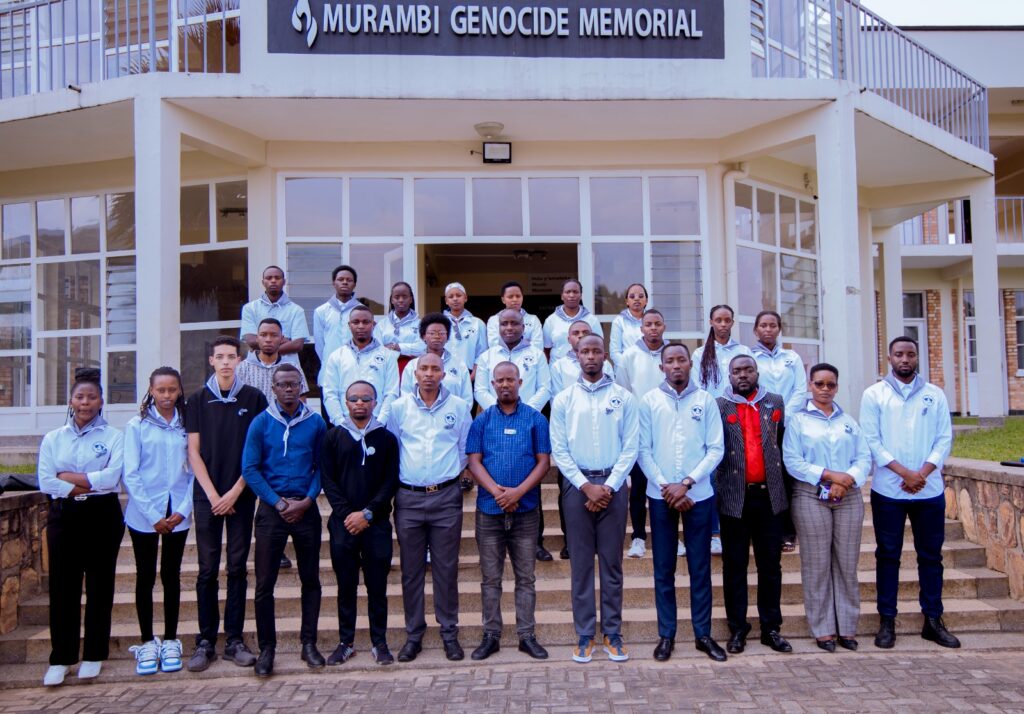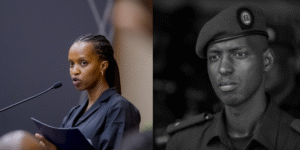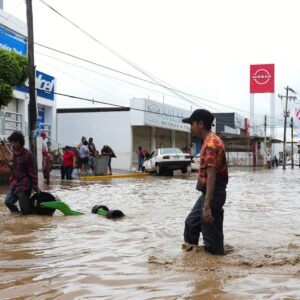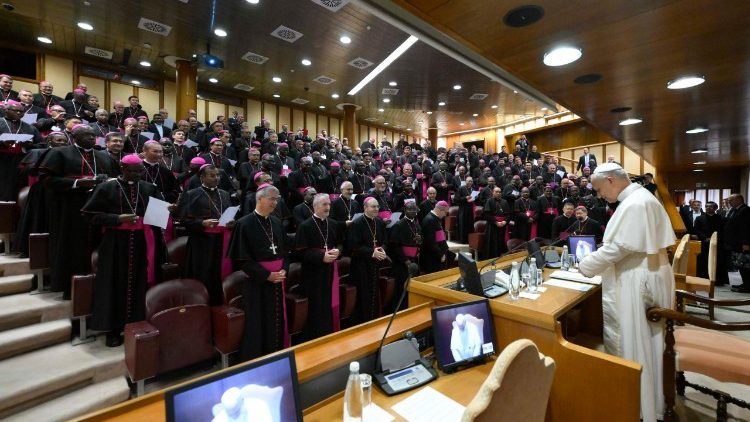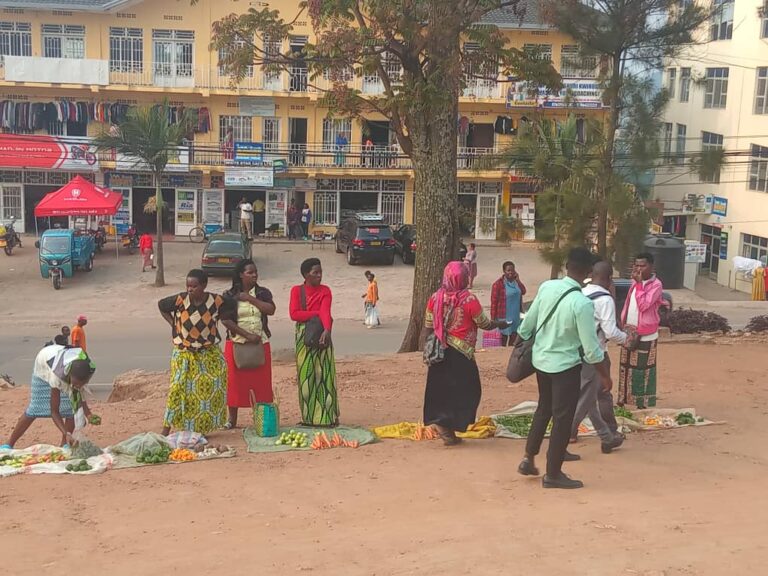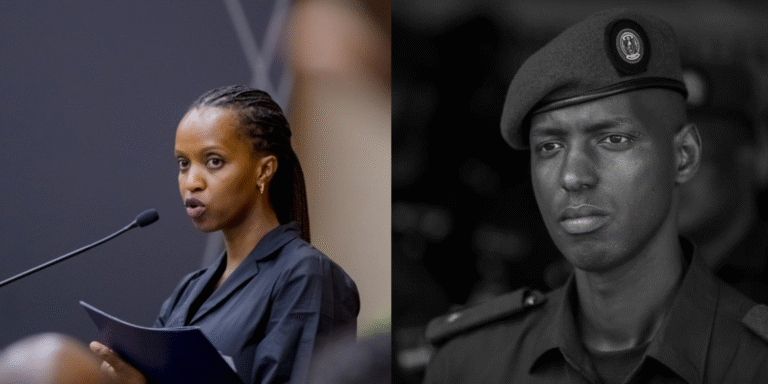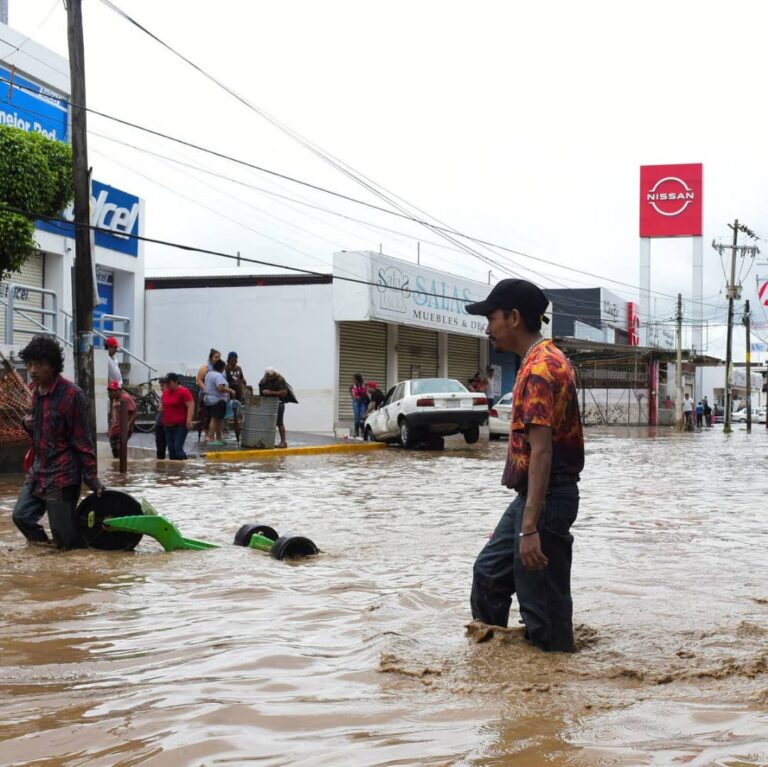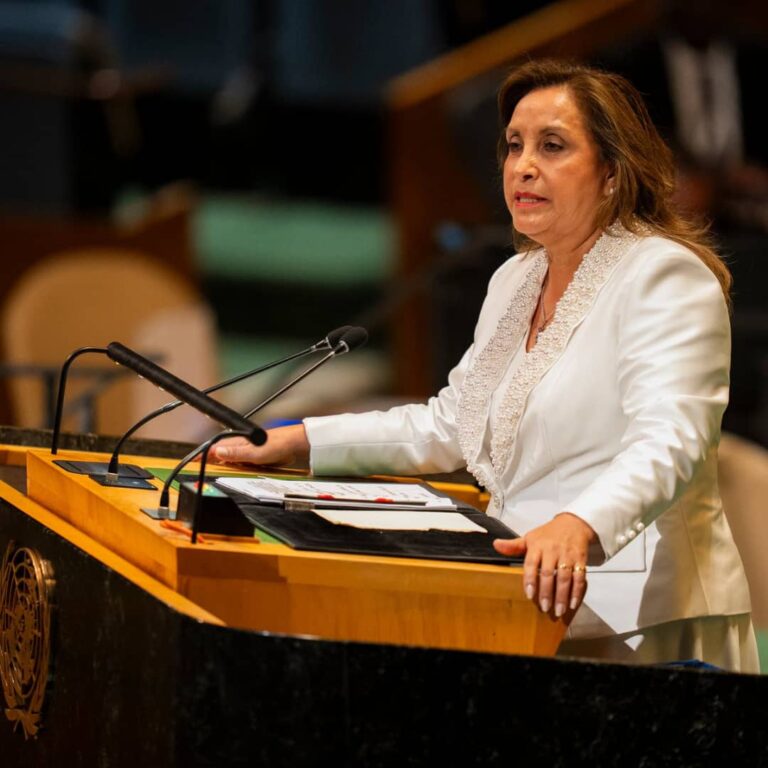Yesterday, July 19, 2025, a delegation of student representatives and some staff from the Catholic Institute of Kabgayi (ICK) visited the Murambi Genocide Memorial, located in Nyamagabe District, Southern Province.
The purpose of the visit was to educate the students about the 1994 Genocide against the Tutsi and to deepen their understanding of its causes and consequences.
Organizers emphasized the importance of equipping young people with accurate historical knowledge to help them become active agents in fostering unity and ensuring that such atrocities never happen again.
After a guided tour of the memorial and a comprehensive explanation of the events that led to the genocide, the students expressed a clearer understanding of Rwanda’s tragic past and acknowledged their responsibility in countering genocide denial and distortion.
Pierre Kanangire, Guld President of AGE-ICK, explained that the visit was designed as a learning opportunity to gain first-hand insight into the genocide.
“There are aspects of history you can only truly grasp by visiting a memorial site,” he said. “This was a powerful and unforgettable lesson, one that will help us preserve our history and guard it against revisionism.”

He also commended the government for its continued efforts to engage young people in historical education, and he extended gratitude to the ICK administration for supporting students in such impactful initiatives.
Olivier Iryivuze, a second-year Public Relations student, noted that the memorial bears testimony to the Rwandan government’s commitment to preserving national memory and passing it on to future generations.
“We cannot challenge genocide denial without evidence,” he remarked. “This visit gave us tangible proof, proof we can now use to respond to those who distort history, whether on social media or elsewhere.”

Meanwhile, Yann Scordia, a French intern currently based at ICK, shared his shock upon learning about the role some French soldiers played during the genocide.
“I didn’t know that French troops had any involvement in the genocide. It came as a surprise,” he said. “I had assumed they merely supported the Rwandan government at the time, but the reality is far more complex.”
He added: “These are facts we’re not taught in European history books. When you read about the genocide in Western texts, it’s usually framed in terms of Tutsi, Hutu, and state conflict. But the reality is broader, deeply intertwined with colonial history.”
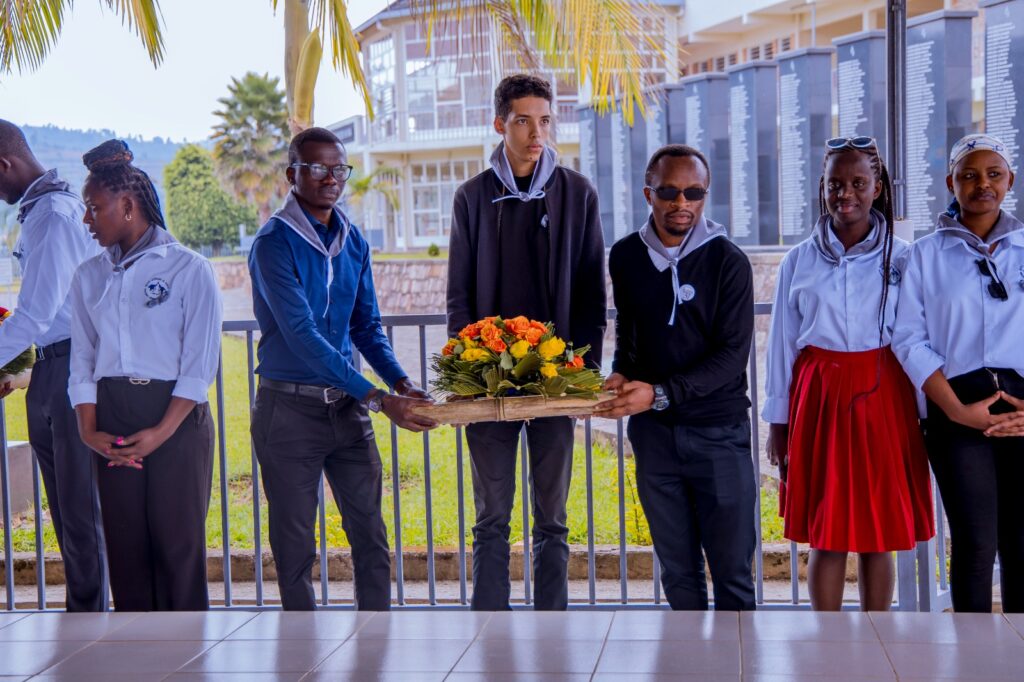
Murambi Genocide Memorial is the final resting place for more than 50,000 victims of the 1994 Genocide against the Tutsi. What distinguishes this memorial is the preservation of approximately 1,200 bodies: around 800 have been conserved using lime, while 400 are preserved in alcohol to prevent decomposition.
The preservation serves several purposes: education, research, remembrance, healing, and reconciliation. In addition to the remains, the memorial displays victims’ clothing and intact bodies that vividly portray the cruelty of the killings, offering a stark reminder of the horrors endured by the Tutsi during the genocide.



